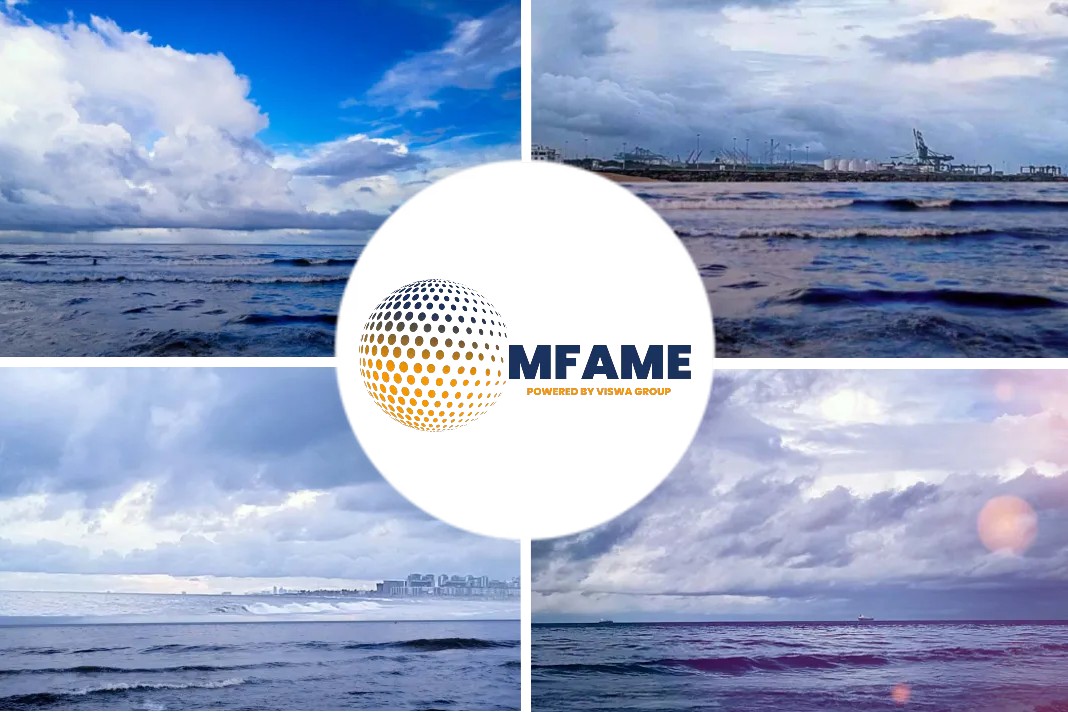
London Stock Exchange Group (LSEG) and Siglar Carbon, a maritime emissions analytics company, have announced an agreement to enable customers to evaluate carbon options for cargo programmes via Workspace.
Locating Carbon Efficient Alternatives
The agreement will see Siglar combine its emissions insights with LSEG’s European carbon markets and industry emissions analytics to help charterers, traders, brokers and shipowners understand, predict and improve the carbon consequence of commercial shipping decisions and control the related carbon cost exposure. The data will allow them to instantly locate the most carbon-efficient alternative. Shipping will fall under the scope of the EU Emissions Trading System (ETS) from January 2024. The new rules will be phased in over three years and require operators of vessels over 5,000 gt to pay for emissions allowances covering 40% of emissions from 2024, 70% in 2025 and 100% in 2026, thus forcing owners and charterers to mitigate additional costs by opting for more carbon-efficient options.
LSEG head of shipping and agriculture at LSEG, Fabrice Maille said, “When trading physical commodities, it is vital to have the right data and insights when evaluating the different options for cargo programmes to cut emissions. For traders and charterers, this could halve carbon emissions costs.” Siglar Carbon chief executive Sigmund Kyvik added, “Our carbon solutions already play a pivotal role in driving decarbonisation in the shipping industry. Through LSEG, we can capitalize on its unique position and scale of its Workspace platform to bring our insights to a wider audience.”
EU ETS Cost
According to the Siglar Carbon index, a ship carrying gasoline between Europe and the USA via the TC2 (Northwest Europe to US Atlantic Coast) route – one of the most commonly traded tanker routes – would emit approximately 1,800 tonnes of CO2 on the round voyage. The most efficient alternative would emit approximately 1,200 tonnes and the related EU ETS cost would be approximately US$25,000, while the least efficient choice would emit 2,500 tonnes with and cost US$50,000. Once fully phased in by 2026, the EU ETS costs would tally up to US$63,000 and US$125,000 respectively.
For shipowners, Siglar analysis shows a charterer or owner who is active in the European shortsea market with 20 ships could generate approximately 100,000 tonnes of CO2-eligible emissions a year. At a carbon cost of US$100 per EUA, this would mean an added cost of US$10M per year once the EU ETS is fully phased-in.
Did you subscribe to our daily newsletter?
It’s Free! Click here to Subscribe
Source: Rivieramm

















